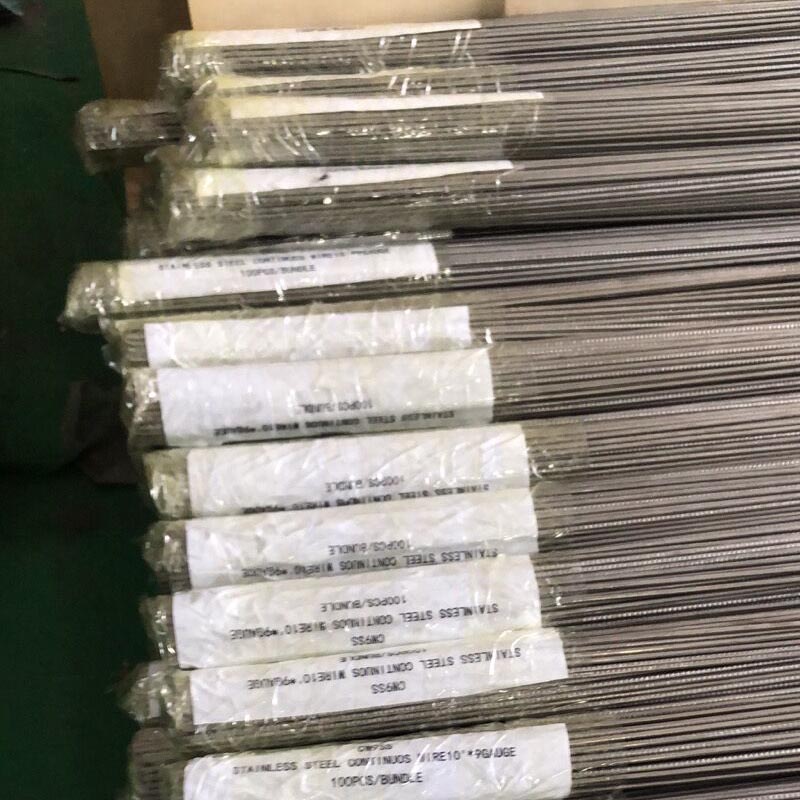
- Mobile Phone
- +8613931874955
- sales@cntcmetal.com
brick tie replacement
The Importance of Brick Tie Replacement in Building Maintenance
Brick structures are a prominent feature in many architectural designs, effectively combining durability with aesthetic appeal. Over time, however, even the sturdiest brickwork can encounter issues that compromise its integrity. One crucial component often overlooked in masonry maintenance is the brick tie, which plays an essential role in ensuring the stability and longevity of a building. This article explores the significance of brick tie replacement, the implications of neglecting it, and the steps involved in the process.
Understanding Brick Ties
Brick ties, or wall ties, are metal connectors that help secure brick walls to their structural framework, typically a timber or metal frame. They provide lateral support, preventing the brickwork from sagging or collapsing. Brick ties are essential for maintaining the alignment and load-bearing capabilities of walls, particularly in buildings subjected to various environmental stresses, including wind, moisture, and temperature fluctuations. Over the years, these ties can corrode or become detached due to age, environmental factors, or improper installation.
Signs of Deterioration
Recognizing the signs of brick tie failure is critical for homeowners and building managers
. Common indicators include1. Cracks in the Brickwork Vertical or horizontal cracks in the bricks can signal that the ties are no longer providing adequate support. 2. Bulging or Leaning Walls If a brick wall appears to bulge or lean outwards, this can indicate that the ties are corroded or damaged. 3. Moisture Issues Rust stains on the brickwork or increased moisture penetration may suggest that brick ties are failing, compromising the wall's integrity.
Ignoring these symptoms can lead to severe structural issues, making timely brick tie replacement essential.
brick tie replacement

Consequences of Neglect
Failing to replace damaged or corroded brick ties can result in a series of adverse consequences. The most immediate concern is the risk of structural failure, which can endanger the safety of occupants and lead to costly repairs. Additionally, compromised brickwork can cause water infiltration, leading to mold growth and deterioration of interior spaces. This can impair air quality and pose health risks, further escalating repair costs.
The Replacement Process
Replacing brick ties is a technical process that should be undertaken by experienced professionals. The following steps outline a typical brick tie replacement procedure
1. Inspection A thorough assessment of the brickwork and underlying structure is conducted to identify the extent of damage and the type of ties that need replacement. 2. Accessing the Ties Depending on their location, the masonry may need to be carefully removed to access the ties. This step requires precision to avoid damaging surrounding bricks. 3. Removing Old Ties Corroded or damaged ties are removed, and any rust or debris is cleaned from the area. 4. Installing New Ties New ties, usually made of stainless steel or other corrosion-resistant materials, are installed in accordance with building codes and best practices. 5. Repointing and Repairing After the new ties are in place, the masonry is repaired, and any gaps or cracks are filled to restore the wall’s appearance and integrity.
Conclusion
In summary, brick tie replacement is a fundamental aspect of maintaining the structural integrity of brick buildings. By recognizing the signs of deterioration and addressing the issue promptly, property owners can prevent costly repairs, enhance safety, and prolong the life of their masonry structures. Regular inspections and maintenance of brick ties should be an integral part of any building maintenance plan, ensuring that these essential components continue to perform their critical function for years to come. Proper care and timely interventions will keep brick structures both safe and beautiful, preserving their value and heritage for future generations.
share:
-
Your Source for Concrete Wall Ties and Masonry AccessoriesNewsJul.10,2025
-
Unlocking the Power of Iron Wire for Every ProjectNewsJul.10,2025
-
Explore Advanced Chain Wire and Stainless Steel Mesh FencingNewsJul.10,2025
-
Discover the Benefits of Annealed Wire ProductsNewsJul.10,2025
-
Discover China Stainless Steel Wire Mesh SolutionsNewsJul.10,2025
-
Build with Confidence Using High-Performance Masonry AccessoriesNewsJul.10,2025
-
Why Sacrificial Formwork Is Redefining Underground ConstructionNewsJun.06,2025



















